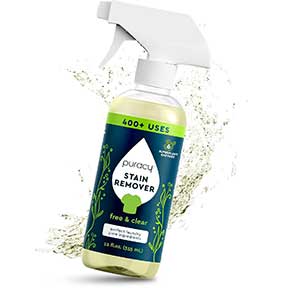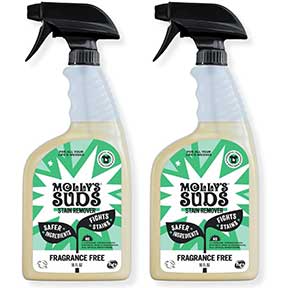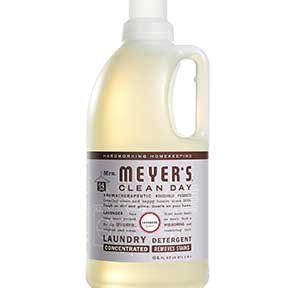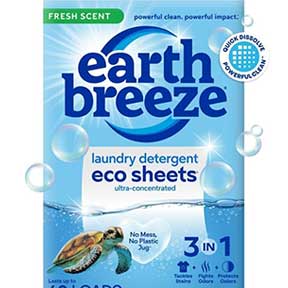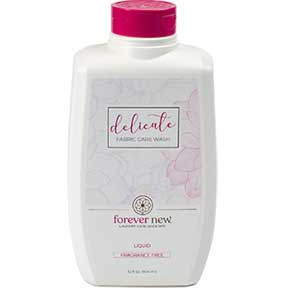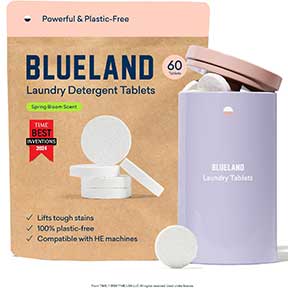Tips for Removing Stains from Clothing

Basic Instructions for Removing Stains from Clothing Items.
How to Remove Stains from Clothes – A Basic Guide
Stains are an unavoidable part of life, but removing them doesn’t have to be difficult if you know where to start. We’ve all been there – whether it’s a splash of coffee or a dribble of tea, accidents happen. But don’t toss out your favorite shirt just yet! With the right approach, you can often save your clothes and avoid the frustration of permanent stains with these tips for removing stains from clothing items.Act Fast When Removing Stains
The key to successful removing stains from clothing – is quick action. Fresh stains are far easier to handle than old, set-in ones. The longer a stain sits – especially if it’s been through the washer and dryer – the harder it becomes to remove. So, as soon as a spill happens, try to treat it right away for the best results. Here’s where to start: If you’ve spilled something like sauce or condiments, first scrape off any excess without rubbing, as that can spread the stain. Rinse the area with cool water from the back of the fabric. If you’re at work or out and about, blot the stain with a paper towel or other absorbent material to soak up excess liquid.Follow Stain Remover Directions
If you’re using a stain removal product, always follow the instructions carefully. These products are formulated to be powerful, but misusing them can damage the fabric. You don’t need to over-saturate the stained area; a little goes a long way. Also, make sure to check the care label on your clothing for any special laundering instructions.Spot Test the Fabric First
Before applying a stain remover to the entire stain, it’s smart to do a spot test in an inconspicuous area, like a hidden seam. This helps you see how the fabric reacts to the product without risking further damage. A cotton swab works well for this test. Pay attention to any care instructions on the label, such as “Wash Separately” or “Wash with Like Colors.” These warnings indicate that the dye in the garment may bleed during washing.Work from the Back of the Fabric
When treating a stain, always work from the back of the fabric. The goal is to push the stain out of the fibers, not deeper into the material. This is particularly important for stains that haven’t fully soaked through the fabric yet.Use Bleach Cautiously
Bleach can be a powerful tool for whitening clothes, but it should be used sparingly and with care. Bleaching small spots or colored clothing can lead to damage or unwanted discoloration. Over time, bleach can even cause whites to yellow. If you decide to use bleach on white garments, dilute it – about 1/4 cup per gallon of cool water – and soak the item for five minutes before checking the stain’s progress. Always follow your washing machine’s instructions for bleach use.Never Mix Cleaning Products
Mixing cleaning products can be dangerous, and some combinations, like ammonia and bleach, can create toxic gases. Even if it’s not hazardous, mixing products can damage fabrics. If one stain remover doesn’t work, rinse the fabric thoroughly before trying another product.Avoid the Dryer Until the Stains are Gone
Before tossing a stained item into the dryer, let it air dry to check if the stain has been fully removed. The heat from the dryer can set the stain, making it nearly impossible to get out later. Once you’re sure the stain is gone, feel free to dry as usual.Know When to Let Go
Despite your best efforts, some stains are too stubborn to remove. The success of stain removal depends on factors like the fabric type, the age of the stain, and what caused it. If a stain refuses to budge, it may be time to accept defeat – but with these tips for removing stains from clothing – you’ll be able to save far more clothes than you lose!Related Articles
How to Remove Blood Stains Remove Pet Stains and OdorsClothing and Laundry
